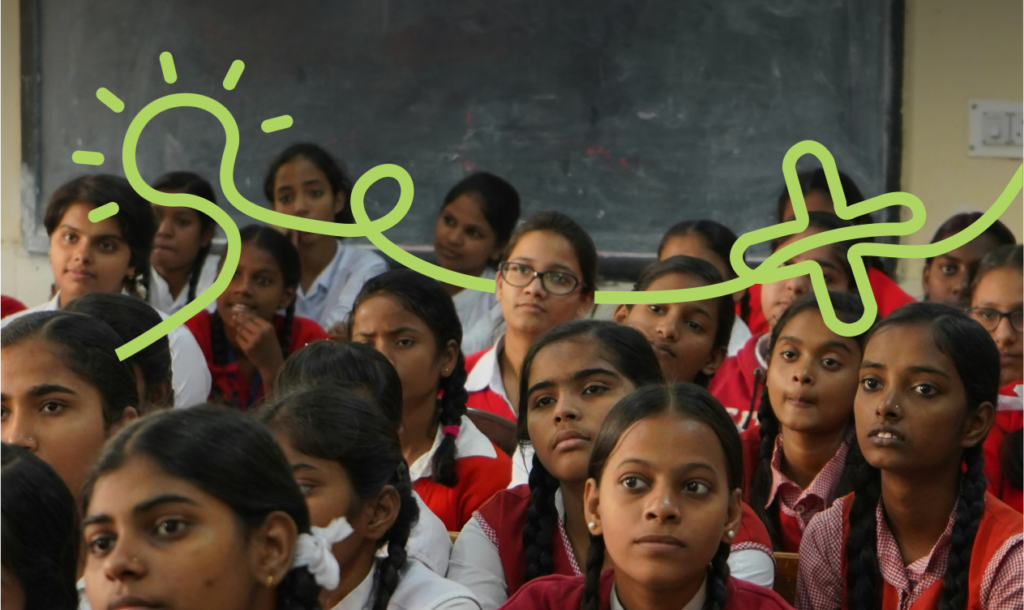Migration is a prevalent phenomenon where workers move from one region to another in search of employment. There are approximately more than 140 million Indian migrant workers, who contribute 10% to the Indian GDP. Three primary causes drive migration in India – aspirations for economic mobility, socio-economic disenfranchisement, and urbanisation. As part of the informal economy, Indian migrant workers are employed as casual labourers and are over-represented in the construction and mining sectors. 62% of wage workers in India do not have a working contract, 49% are not entitled to paid leaves, and 53% do not have any social security benefits, highlighting a lack of suitable work options for migrant workers in India.
Multifaceted challenges restrict Indian migrant workers’ access to decent working conditions and welfare benefits. The migration during Covid-19 in India worsened the vulnerabilities, culminating in labour migration in India of 11 million employees back to their home states. At each level, migrant workers in India encounter unique challenges. Individually, they remain unenumerated in the welfare system. Workers have limited bargaining power at the worksite since they rely heavily on contractors who do not pay their wages on time. At a policy level, migrant workers in India are not uniformly defined and thus lack access to institutional safeguards such as the portability of social benefits. Finally, at the ecosystem level, all difficulties are exacerbated by a lack of access to essential welfare services such as housing, health, and finance.
Various government bodies are converging efforts to drive a safe migration movement in India. There has been a thrust towards three interventions – establishing a comprehensive policy framework, enhancing social security coverage, and developing skill-based credential systems. Combined efforts from all ecosystem stakeholders are required to enable safe migration and implement solutions at both source and destination locations to provide decent work opportunities for workers.
Authors: Prerit Shukla, Sadhana Sanjay, Harsha Sanyukta and Riya Chainani.




